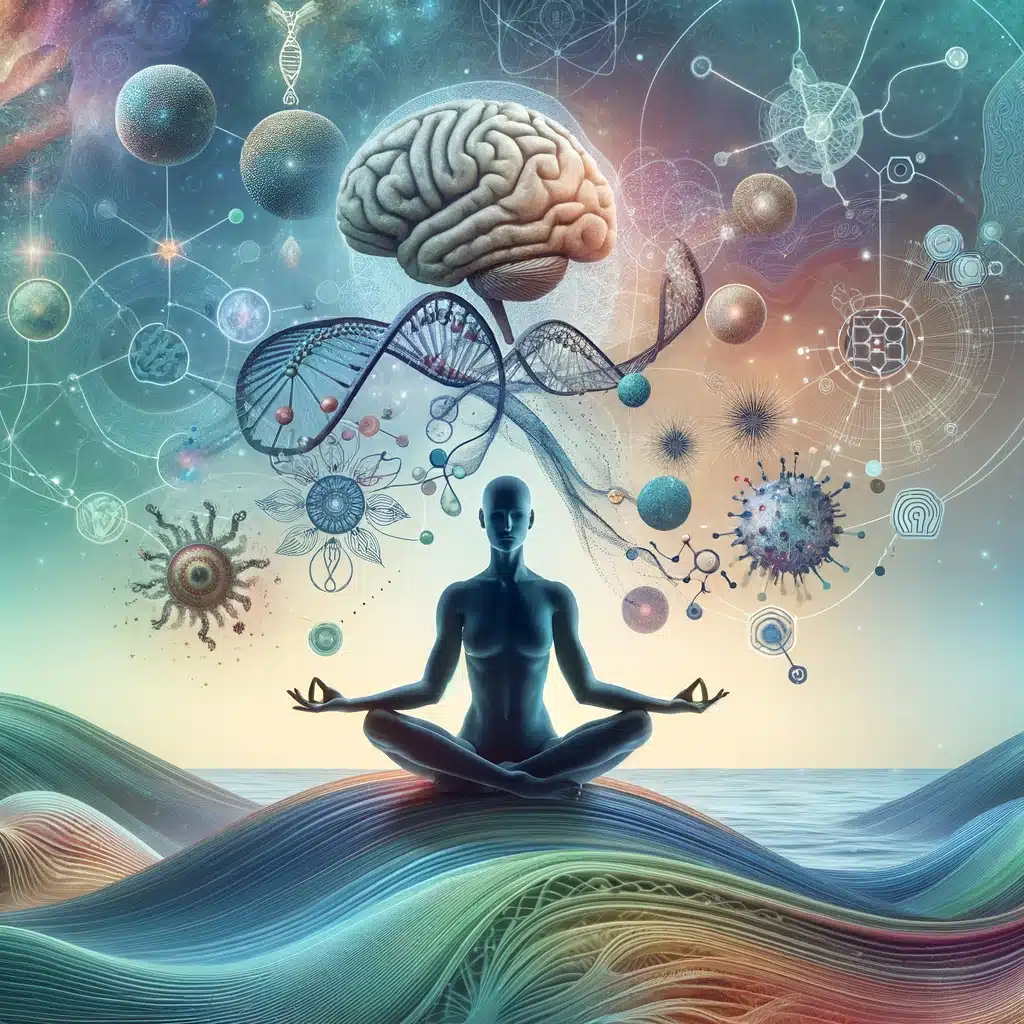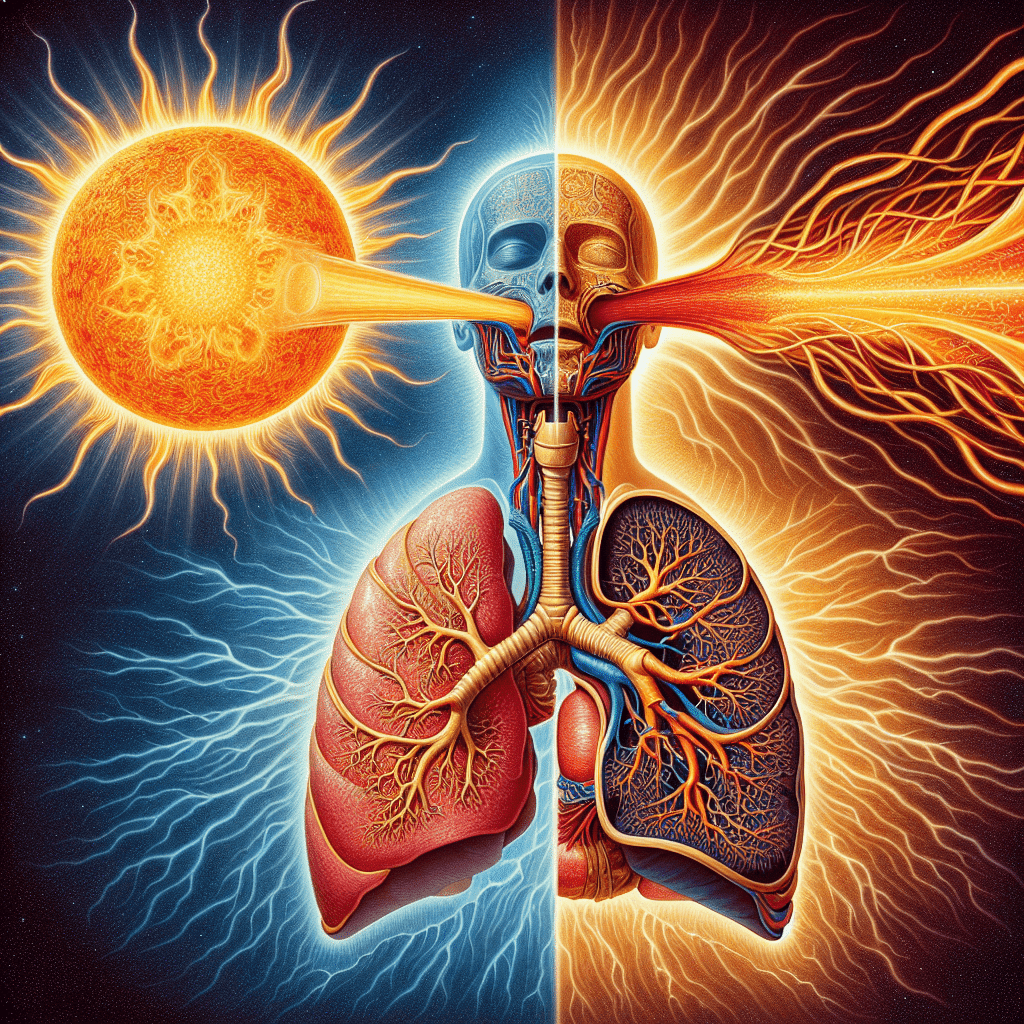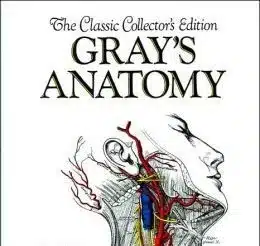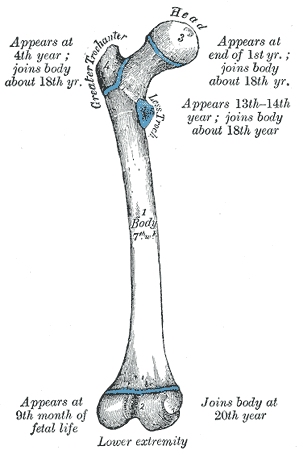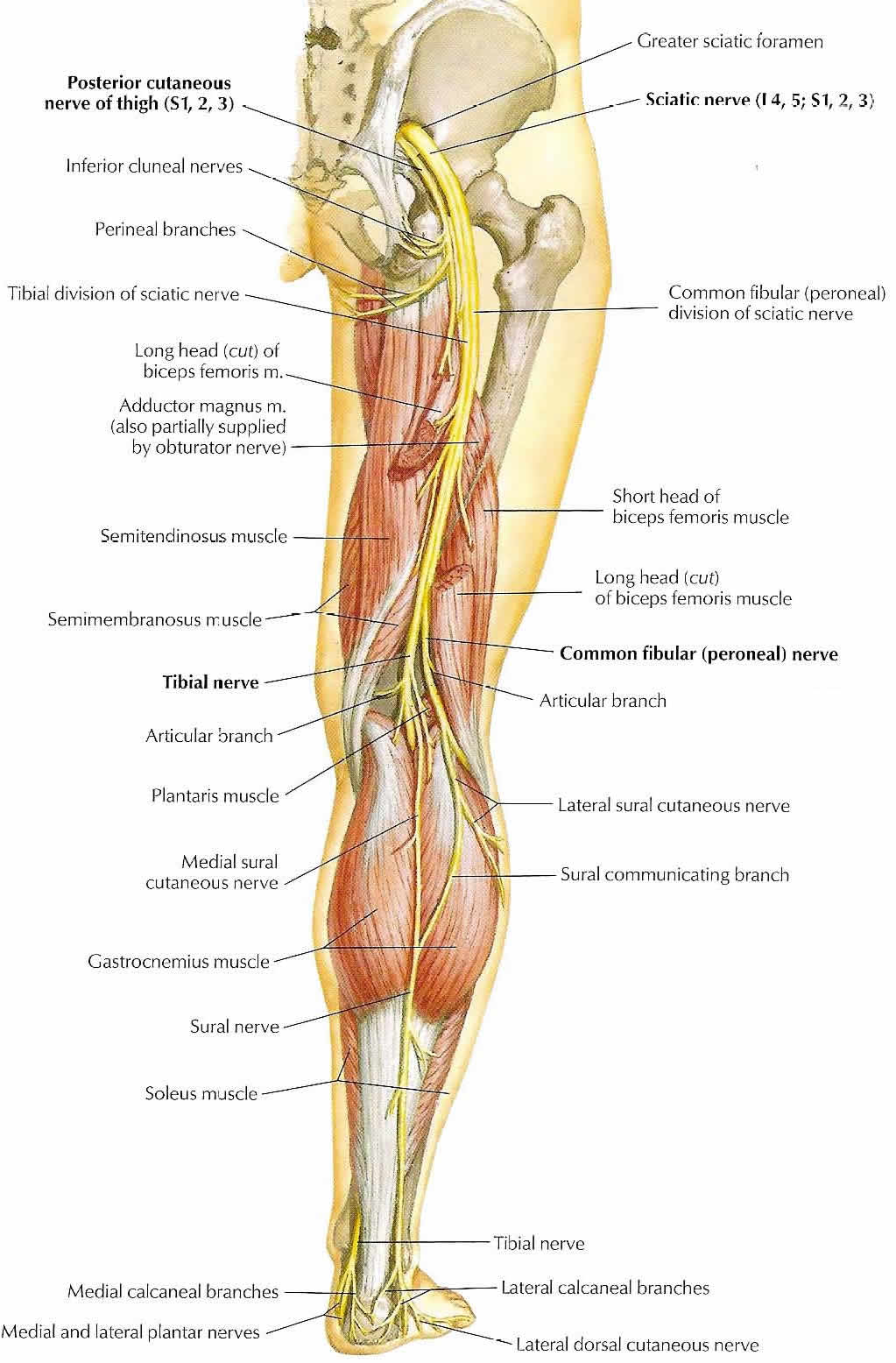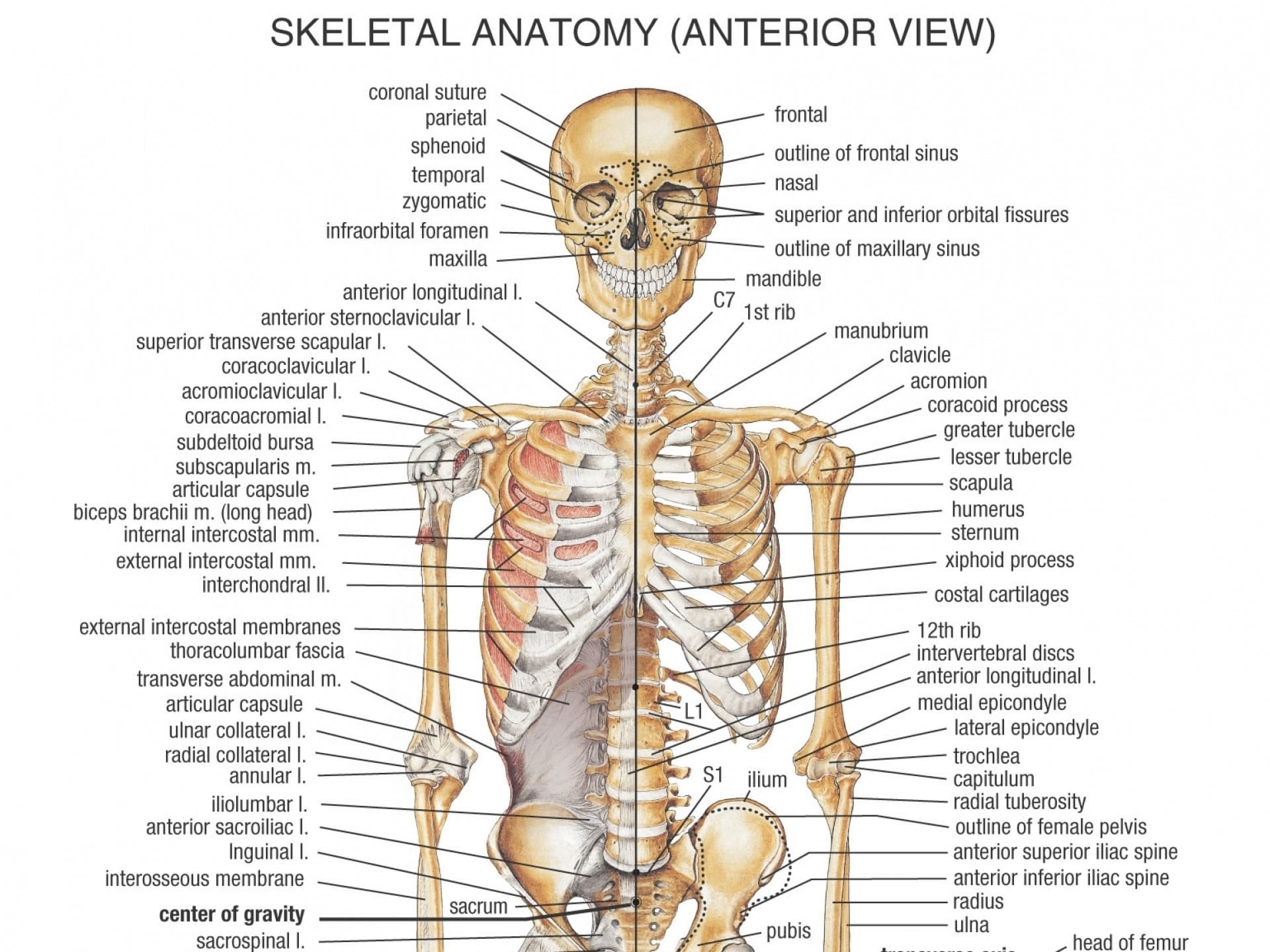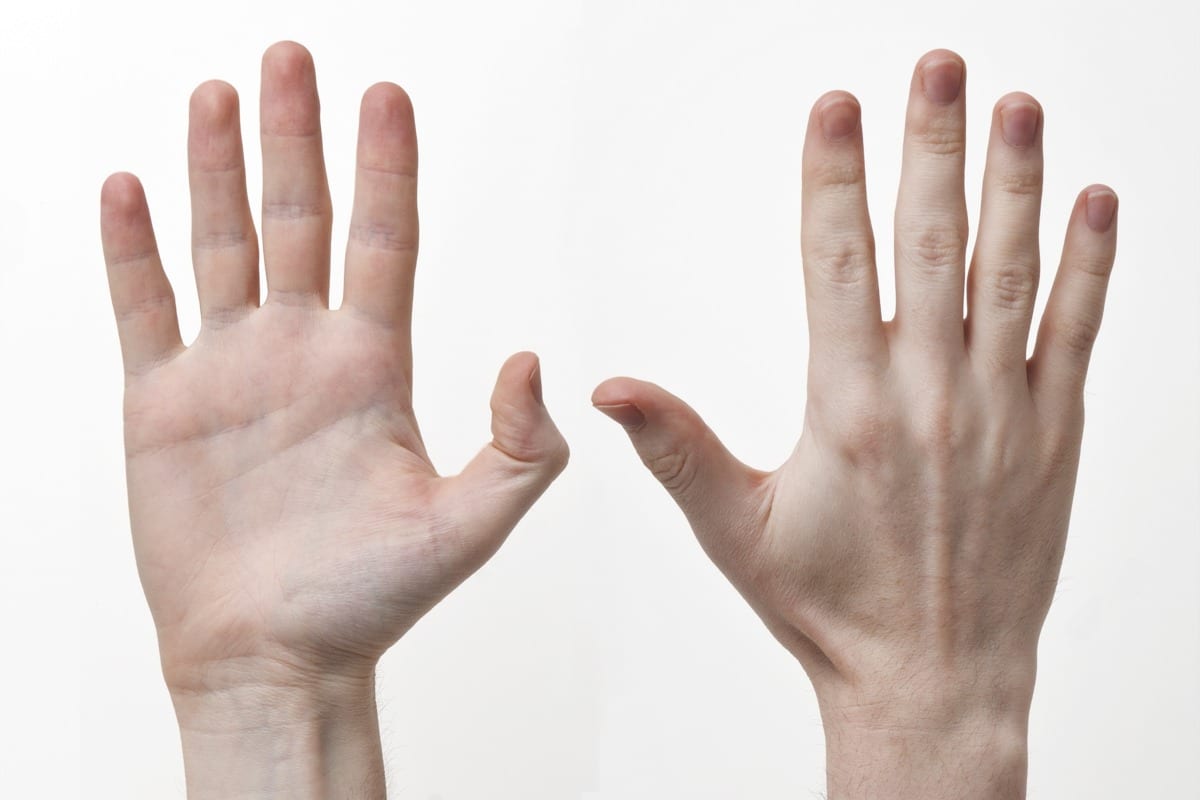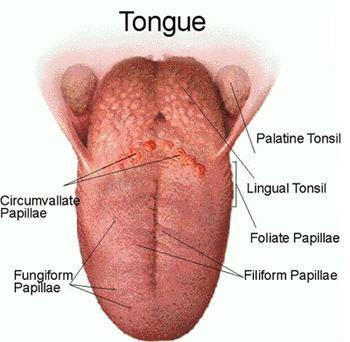The Science of Serenity: Yoga’s Impact on the Nervous System and Hormonal Balance
Throughout the last 10 years, I have been attempting to understand and adapt the ancient practice of yoga that was taught to me in Mysore through the lens of modern science. It has also helped me to understand what brought me to yoga originally. Over the course of teaching thousands of students yoga, I can confirm that the benefits of yoga are tremendous and very much understated in modern society. It’s simple; health is declining because it isnt valued. The practice of yoga allows for an individual to realize fascinating and comprehensive benefits for human health and to redistribute their system of valued. Yoga is a way of philosophy.

